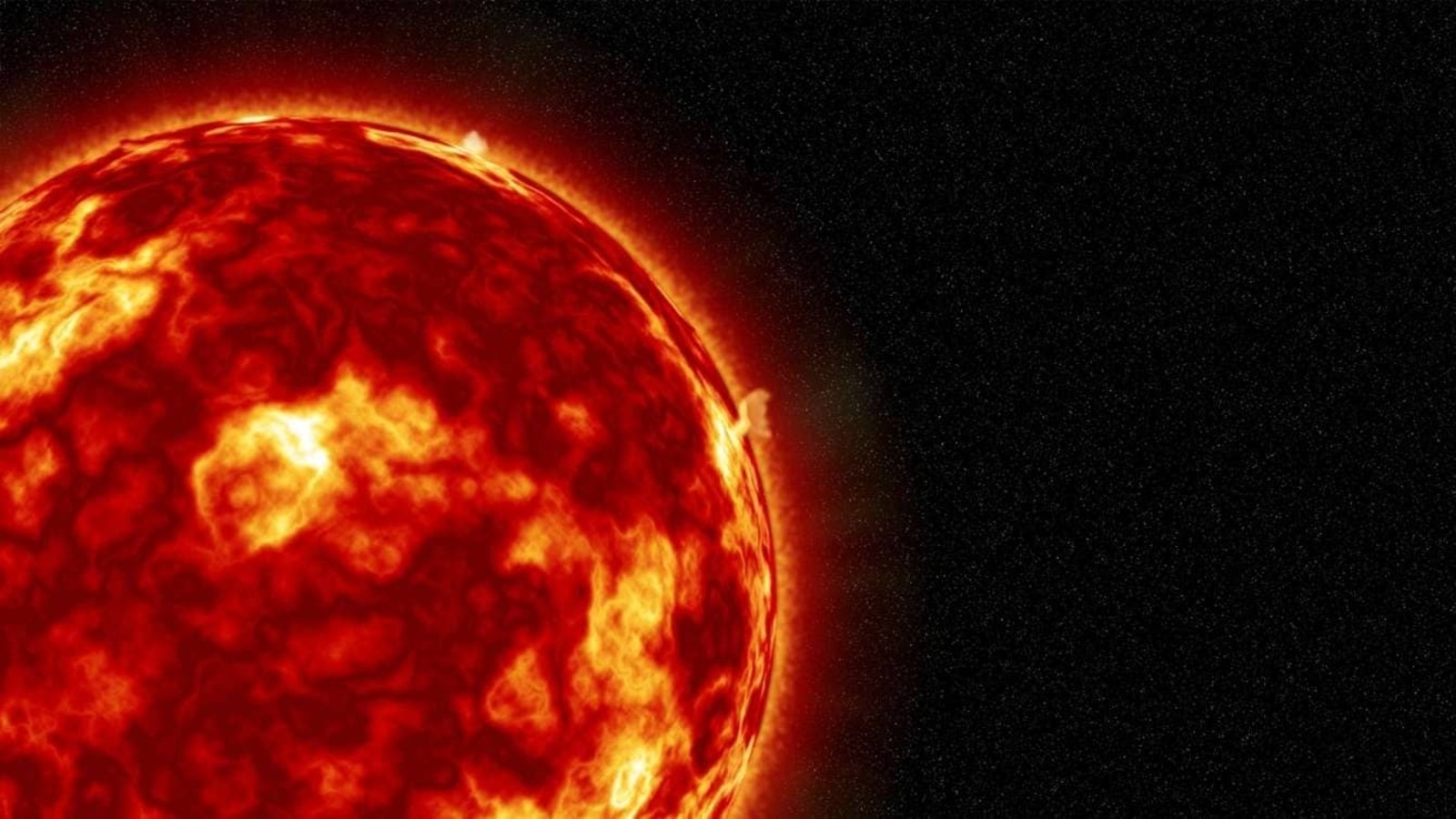Giant sunspot facing Earth raises M-class Solar Flare fear
NOAA has predicted that there is a 60 percent chance of M-class solar flare today due to a giant sunspot which is facing the Earth.






 View all Images
View all ImagesA giant sunspot detected on the surface of the Sun has raised fears of a strong Solar flare being spewed out that may hit Earth. NOAA forecasters warned that there is a 60 percent chance of an M-class solar flare and a 15 percent chance of X-class flare. It must be noted that an X-class solar flare denotes one of the most intense flares. Basically, solar flares are classified into four classes - A, B, C, M, and X, based on their intensity. Solar flares are intense bursts of radiation coming from the release of magnetic energy, from a Sunspot.
The report from SpaceWeather.com suggested that the main source of these strong solar flares is a giant sunspot AR3190. The worrying part is that this sunspot is facing Earth, which increases the chances of direct impact on our planet. Not just that, it is one of the largest sunspots of the current Solar Cycle 25, which is at its peak. "It's almost five times the diameter of Earth, and could be seen through the thick humid atmosphere over the Gulf of Mexico," David J Kriegler, one of the observers, told Spaceweather.com.
The giant size of the sunspot makes it an easy catch for amateur astronomers. You don't need any solar telescope to witness this huge sunspot AR3190. Eclipse glasses work best here. However, you need to be cautious! “Even when the sun is dimmed by low clouds or haze, looking directly through the camera can damage your eyes. Always use the LCD screen for view finding,” SpaceWeather.com report mentioned.
Tech behind Solar Flare detection
From NASA's Solar Dynamics Observatory (SDO) to the National Oceanic and Atmospheric Administration (NOAA), many agencies keep a constant track of these solar flares. Then there is the DSCOVR satellite, which tracks different measurements of the Sun and its atmosphere including temperature, speed, density, degree of orientation and frequency of the solar particles. The recovered data is then run through the Space Weather Prediction Center and the final analysis is prepared.
Catch all the Latest Tech News, Mobile News, Laptop News, Gaming news, Wearables News , How To News, also keep up with us on Whatsapp channel,Twitter, Facebook, Google News, and Instagram. For our latest videos, subscribe to our YouTube channel.





























